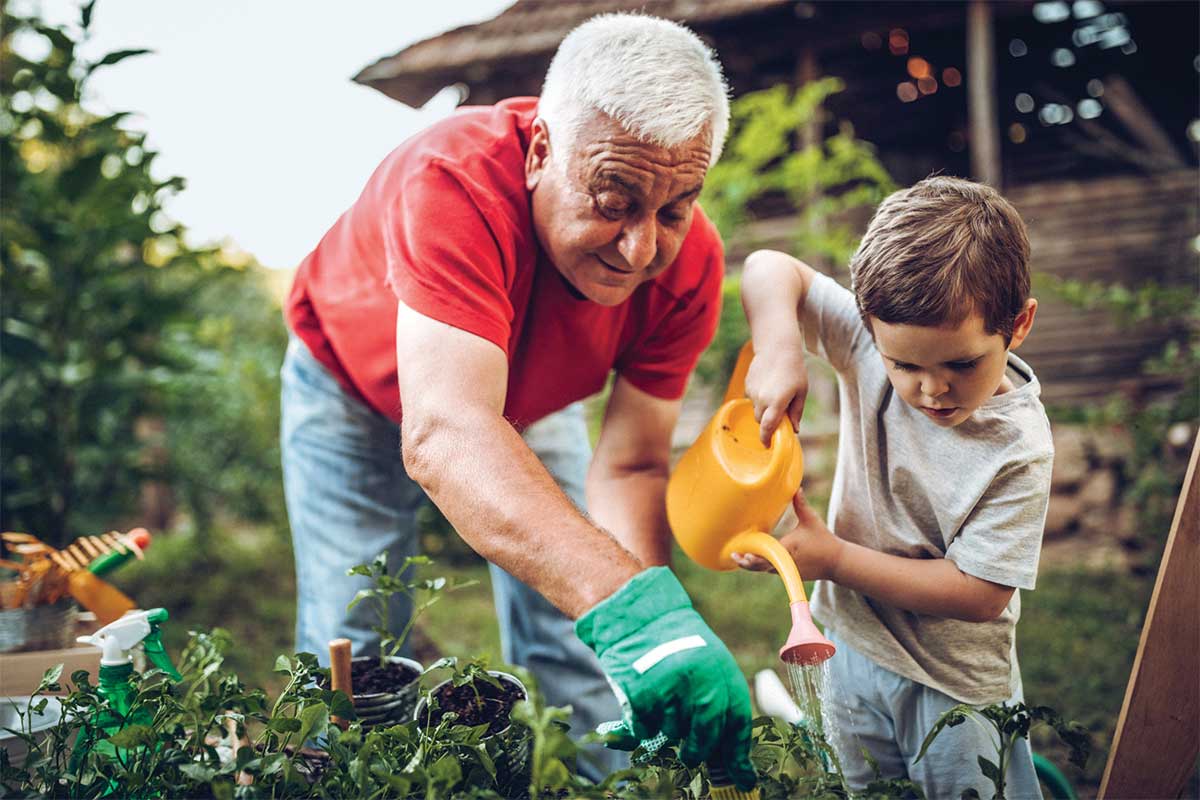National Gardening Day on April 14 is a timely opportunity to think about how you can plant and grow more cheaply and efficiently.
Whether you plant for beauty or bounty, here are some types of gardening to consider, according to energy.gov.
Natural landscaping uses plant species that are native to the area. They are naturally pest- and disease-resistant, having adapted to the local soil type and climate conditions. Natural plants usually require less water and fewer fertilizers, herbicides and pesticides. Natural landscaping saves you money by reducing the need for chemicals and water and promotes biodiversity.
Xeriscaped landscapes reduce or eliminate the need for irrigation by using drought-resistant plantings while avoiding water loss due to evaporation and runoff. Xeriscaping is beneficial in regions with limited fresh water for irrigation, though it’s certainly not limited to such climates. Xeriscaped areas are also often easier to maintain.
You don’t have to be a farmer to enjoy gardening for food. Recreational vegetable gardening is fun and instills a sense of pride by allowing you to produce food nurtured and grown by your own hands. Growing your own food can offset some of your grocery bill and reduces strain on the supply chain. Plus you can opt to grow organically, reducing the amount of chemicals you put into the environment and your body.
For those with little or no space to grow food or plants outside, remember that plants can be grown in window boxes and in pots indoors. Kitchen-based herb gardens are attractive, handy and easy to grow. Indoor plants are equally visually appealing and help to purify the air.
Here are some tips to help you get started on your own water-saving projects:
- Planning and design is the starting point for any water-wise landscape.
- Soil analysis can determine whether the soil should be improved so that it will absorb and hold moisture better.
- Practical turf areas are neither too large nor difficult to water efficiently. Keep in mind that turf grass requires more water than many other plants.
- Thoughtful plant selection aligns a landscape better with the natural environment. Native plants generally use less water than exotic plants, but there’s room for both in a well-designed landscape.
- Efficient irrigation can save 30%–50% of the water bill for an average home.
- Use mulch in flower and shrub beds to reduce water evaporation from the soil.
Attentive maintenance preserves the landscape’s beauty and conserves water. Prune, weed, fertilize, irrigate and control pests properly for the best effect.
Visit agrilifeextension.tamu.edu for more information on xeriscaping.


